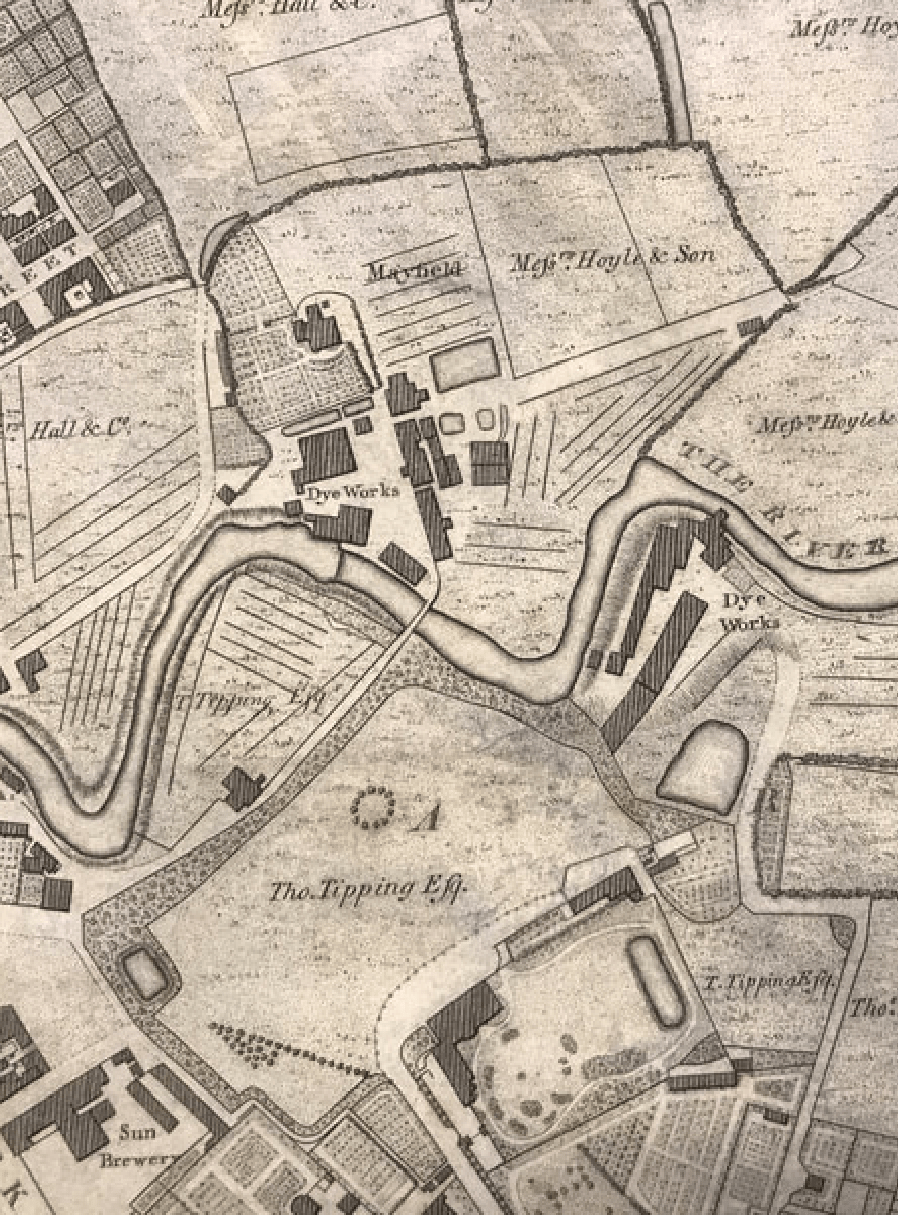Why Manchester United play at Old Trafford…oh and drunken women



Manchester United’s second ground at Bank Street, a short distance east of the present-day stadium of Manchester City, was a nightmare. It combined a terrible playing surface with an atmosphere poisoned by nearby chemical works.
To quote: ‘On one occasion during the 1894-95 season, Walsall Town Swifts turned up at the ground and were greeted by what they regarded as a ‘toxic waste dump’. After lodging an official complaint about the pitch to the referee, they were finally persuaded to take to the field, only to be beaten 14–0 (unofficially, the biggest win in the history of Manchester United). However, the Football League ruled in favour of Walsall and the match was ordered to be replayed, though the result was not much better, they lost 9-0.’
United, playing as Newton Heath at the time, had many financial problems in the early years. Shortly before the name change to Manchester United in 1902 the club had been on the very brink of folding after a winding up order was presented. The Bank Street ground look liked being repossessed. The club was saved at the last minute by John Henry Davies, a rags to riches brewer, together with four other individuals including the club captain Harry Stafford. Davies then paid for several ground improvements including new stands, the capacity was raised to 50,000.
United won the First Division title for the first time in 1908. Davies was ambitious for the club and wanted to expand but Bank Street’s site was too cramped and, as already pointed out, it was hardly a great location anyway. So in 1910 United moved to Old Trafford. The last game at Bank Street in January of that year was a 5-0 victory over Tottenham Hotspur. In mid-February a storm caused the grandstand roof at the now abandoned stadium to take flight and land on nearby houses. Timing is everything.
Received wisdom is that United went to Old Trafford (as alluded to earlier in these stories) because the suburb was already a centre for leisure and sport with cricket, tennis, bowls, a gun club and a polo club. It also had the Royal Botanical Gardens. A logical place to end-up then? On the recreational map, so to speak.
Well, yes, but while looking through an old street directory before a tour of Old Trafford I found that at the time of the move John Henry Davies was living not five minutes from the new stadium. His large house was on the south side of Chester Road, near to the present-day Tesco. Maybe it was a more selfish consideration than a business one that initiated United’s move to Old Trafford?
By the way, a neighbour of Davies was Ohanness Andreasian. Manchester had an important and active Armenian community at the time. It was wealthy too. One of the distinguishing elements of city life were the number of overseas merchants attracted by the international character of Manchester’s trading interests.
Andreassian was a businessman, a JP and also a philanthropist. He was a backer of one of the more curiously named institutions in Manchester’s history: The Retreat for Inebriate Women in Fallowfield. This was largely aimed at middle-class housewives partial to an 11am sherry, then another at 11.30am, noon and so on. Women over fifty weren’t allowed in as ‘by that age they were deemed incapable of reform’. The title of the institution is brutally direct, there’s no beating about the bush with names such as The Priory, here.
Finally sport has returned to the site of Manchester United’s Bank Street ground. It now hosts the National BMX Centre, part of the National Cycling Centre. The interior of the BMX arena is spectacular and worth a visit. So far, the roof has remained in place, no matter how stormy the weather.


